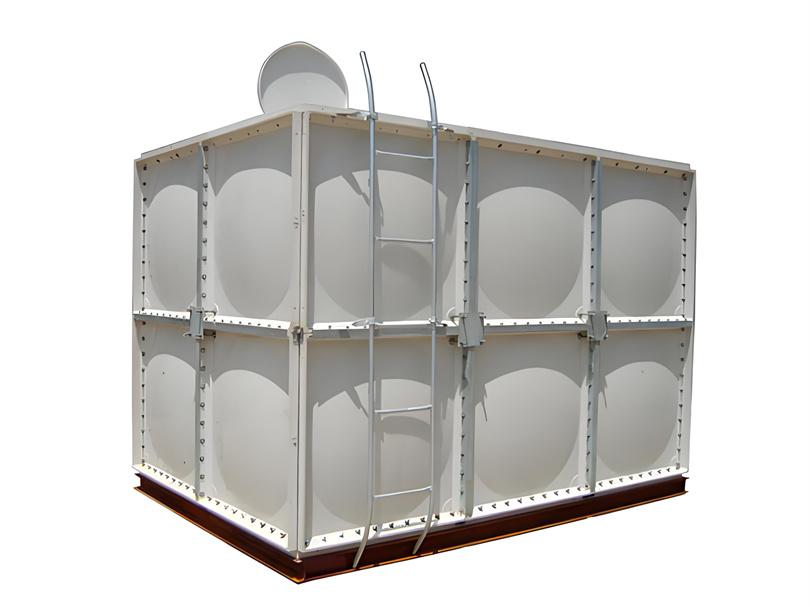1. Introduction The status bits in the CPU register provide important information about the execution result of an instruction and any errors that may have occurred. These bits can be directly used in programs to control the flow of execution based on binary logic operations. 2. Status Word Register The status word register contains several key bits that are essential for understanding the state of the program and the results of operations. Here's a breakdown: - **First Check Bit (bit 0):** This bit determines if a new logic sequence is about to start. If /FC is "0", it indicates the next logic instruction will begin a new sequence. - **RLO (Result of Logical Operation) Bit (bit 1):** This bit stores the result of binary logic operations. It acts as a temporary storage during a series of logical instructions. - **Status Bit (bit 2):** This bit holds the value of the addressed bit. It reflects the current state of the bit being accessed by scan instructions like A, AN, O, etc. - **OR Bit:** Used during OR logic operations. If this bit is "1", it means the previous operation resulted in a "1", ensuring the OR operation result is also "1". - **OV (Overflow) Bit:** Indicates an overflow error occurred during arithmetic or comparison instructions. It is set based on the result of the executed instruction. - **OS (Overflow Memory) Bit:** This bit retains the OV status after an arithmetic instruction. It remains unchanged until explicitly reset using commands like JOS, block calls, or block end. - **CC1 and CC0 (Condition Code Bits):** These bits provide information about the result of arithmetic, compare, and word logic instructions. They can be checked to determine conditions such as whether a value is equal to, greater than, or less than zero. - **BR (Binary Result) Bit (bit 8):** This bit is used to ensure continuity between bit and word operations. In ladder diagrams, the BR bit corresponds with the ENO bit to indicate if a block instruction was executed correctly. Bits 9–15 of the status word are unused. 3. Practical Applications Using the status word effectively can optimize program performance and reduce execution time. For example, when comparing values in a data block, using condition codes can significantly reduce the number of instructions needed. Example 1: Instead of using multiple comparisons, you can use the CC0 and CC1 bits to determine the result of a comparison in one step, reducing both code size and execution time. Example 2: Jump instructions like JZ (Jump if Zero) rely on the status bits to decide where to jump in the program. This allows for efficient conditional execution without unnecessary checks. Example 3: In applications involving communication protocols like MODBUS, the overflow bit (OV) is crucial for CRC checks. By monitoring the OV bit, you can determine if further calculations are necessary, ensuring accurate data transmission. 4. Conclusion While many developers might overlook the importance of status bits, they play a vital role in advanced programming. Understanding and utilizing these bits can lead to more efficient, reliable, and flexible code. Whether working with logic operations, arithmetic instructions, or communication protocols, mastering the use of status bits can elevate your programming skills and improve system performance.

FRP WATER TANK, GRP WATER TANK, FRP PANEL WATER TANK, GRP PANEL WATER TANK, FRP DRINKING WATER TANK
Hebei Dingshengda Composite Material Co., Ltd. , https://www.frpdsd.com
